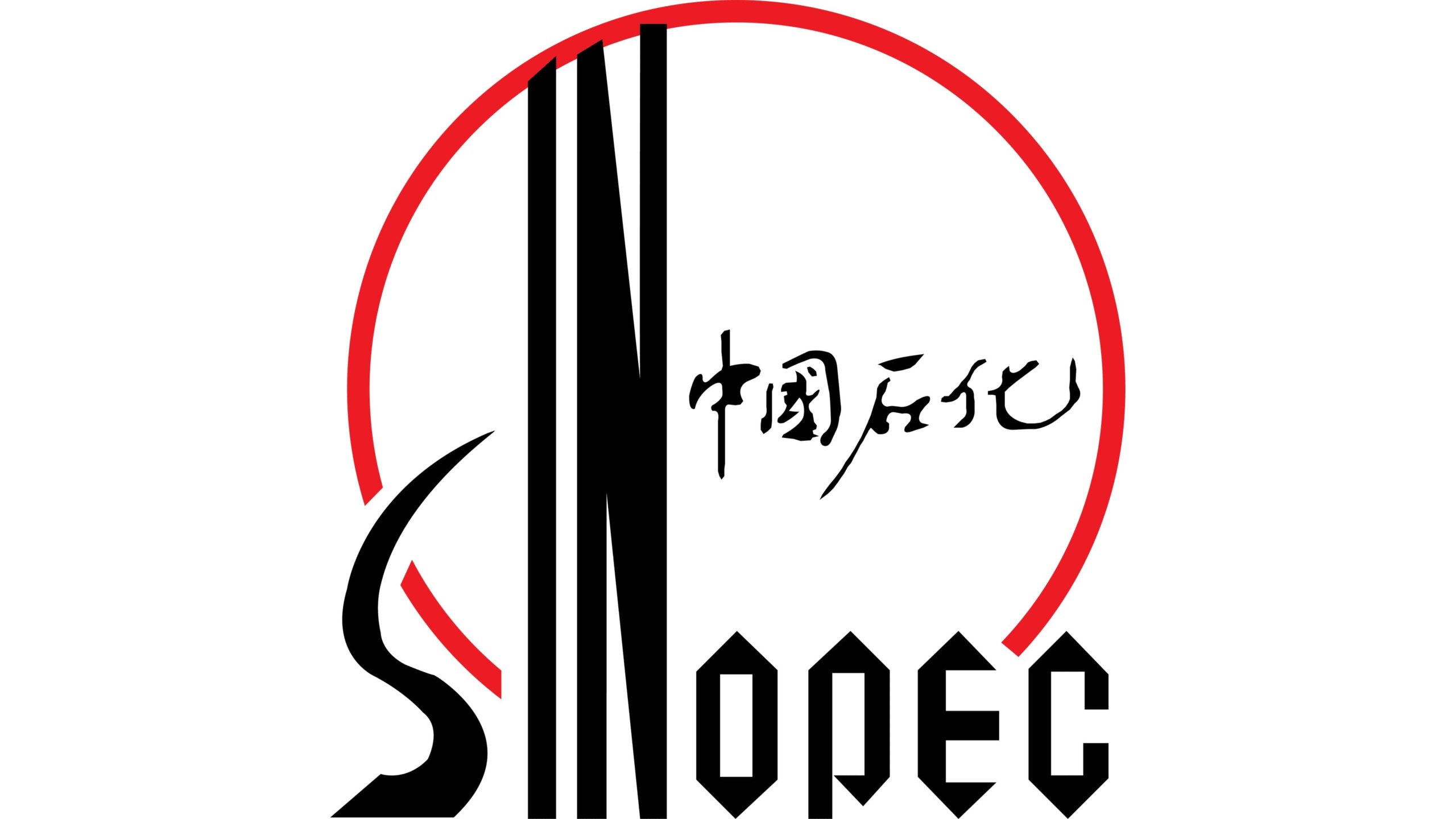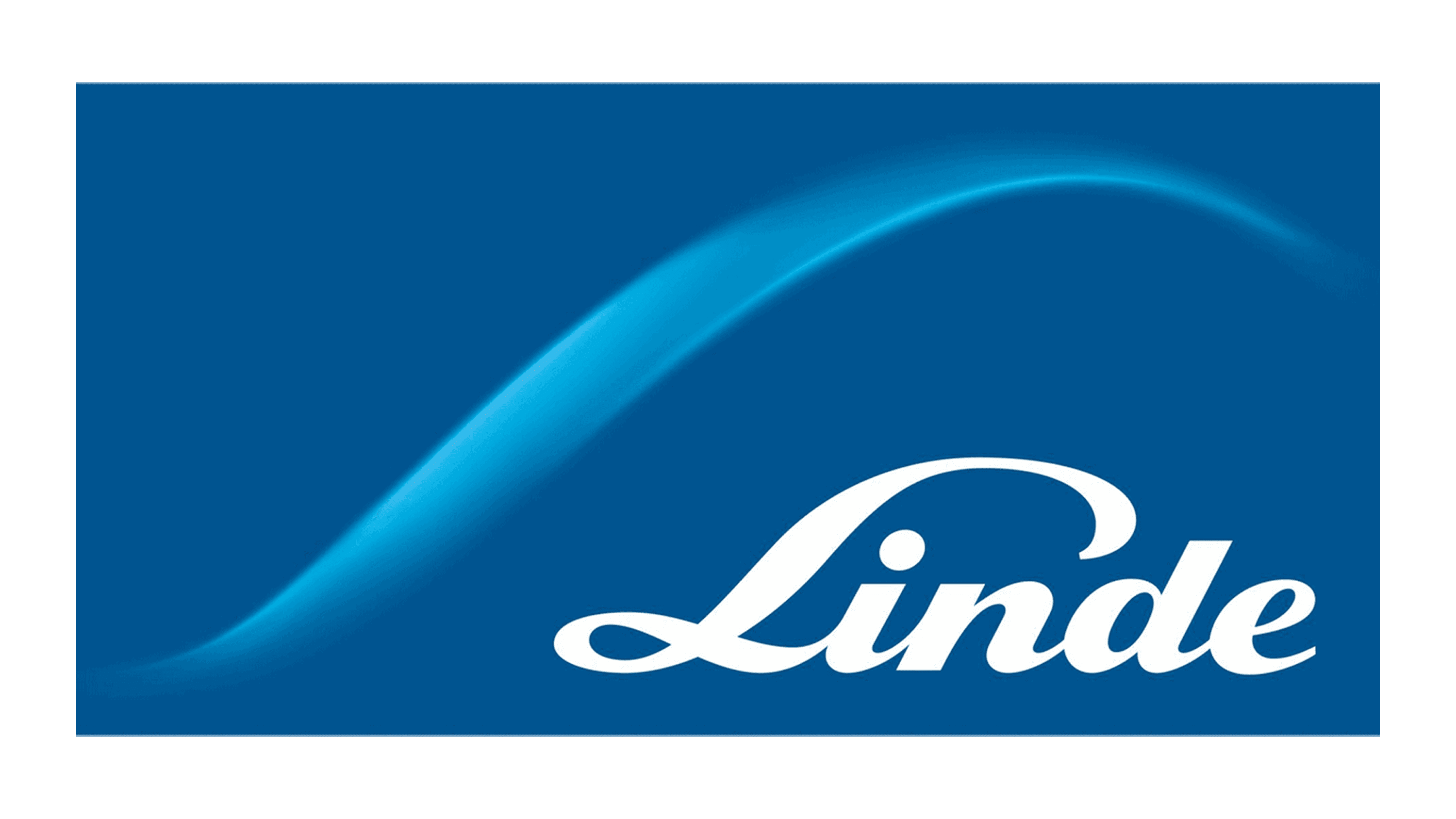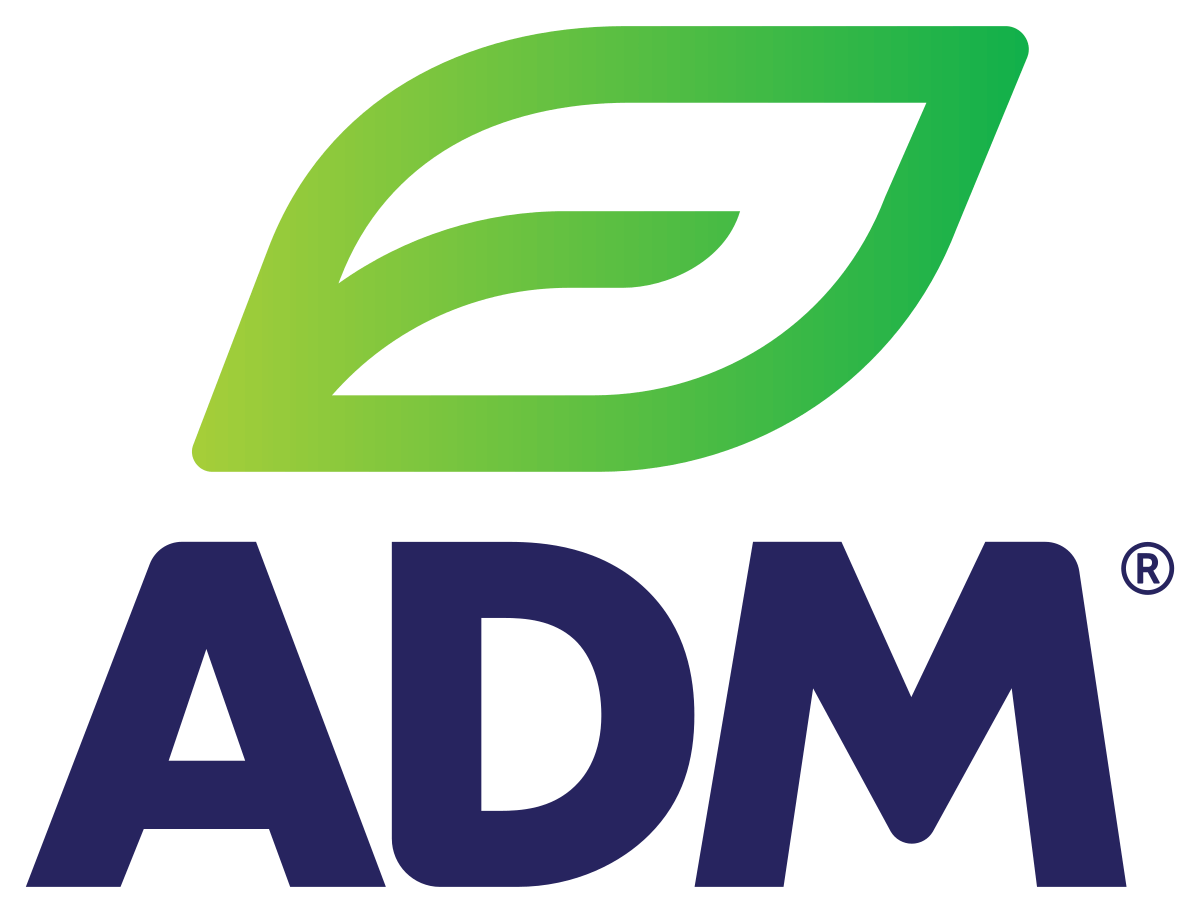Global Polycaprolactone Market By Dosage Form, By Services, By Company Size, By Region & Segmental Insights Trends and Forecast, 2024 – 2034
- Industry: Chemicals & Materials
- Report ID: TNR-110-1079
- Number of Pages: 420
- Table/Charts : Yes
- May, 2024
- Base Year : 2024
- No. of Companies : 10+
- No. of Countries : 29
- Views : 10312
- Covid Impact Covered: Yes
- War Impact Covered: Yes
- Formats : PDF, Excel, PPT
Polycaprolactone (PCL) is a biodegradable polyester with a wide range of applications across various industries, including healthcare, automotive, textiles, and packaging. PCL is produced through ring-opening polymerization of ε-caprolactone monomer. It is biocompatible material that is flexible and possesses a relatively long degradation period. PCL is common in the medical field because of its potential in tissue engineering and the production of drug delivery systems and wound care products. More specifically, the composition of PCL allows to degrade safely into non-toxic byproducts.
The major slice of the PCL market pertains to the healthcare sector, manifesting from the increasing usage of biodegradable materials in medical implants, sutures, and tissue scaffolds. PCL’s biocompatible and degrading characteristics prove to be ideal for the mentioned use, resulting in a gradual rise dictated by the market forces. The modern market is directed at eco-friendly solutions as the world economy is determined to promote sustainability and conserve the environment. PCL is biodegradable, renewable, and bio-based, making it the perfect candidate for the modern market. In terms of revenue, the global polycaprolactone market was worth US$ 522.3 Mn in 2023 and is anticipated to witness a CAGR of 10.3% during 2024 – 2034.
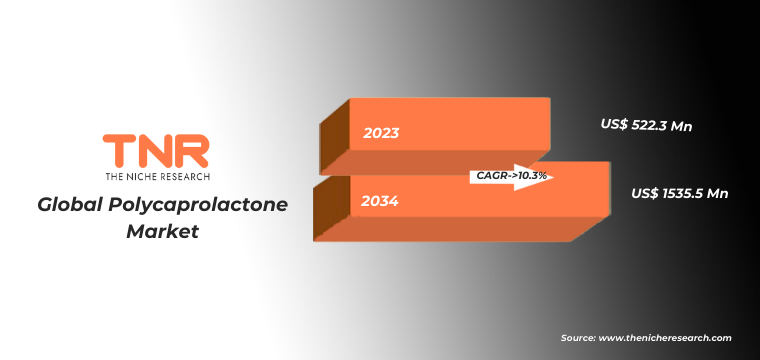
Overview Global Polycaprolactone Market
The Polycaprolactone (PCL) market is experiencing significant growth driven by its versatile properties and diverse applications across multiple industries. PCL’s biodegradability, biocompatibility, and tunable degradation kinetics make it an attractive material for various applications, including healthcare, automotive, textiles, packaging, and 3D printing. In the healthcare sector, PCL finds extensive use in medical implants, drug delivery systems, tissue engineering, and wound care products due to its ability to degrade harmlessly within the body. Moreover, the rising demand for sustainable and eco-friendly materials is further propelling the adoption of PCL in packaging, textiles, and other consumer goods.
Technological advancements, particularly in additive manufacturing, have opened up new avenues for PCL applications, enabling the fabrication of intricate structures and customized products through 3D printing. As industries continue to prioritize sustainability, innovation, and performance, the Polycaprolactone market is poised for continued expansion, offering opportunities for manufacturers, researchers, and end-users alike to explore its diverse applications and potential benefits.
Global Polycaprolactone Market Revenue & Forecast, (US$ Million), 2016 – 2034
Dry form segment dominated the global polycaprolactone market during the forecast period with a revenue share of 58.7% and is anticipated to continue its growth over the forecast timeline.
Compared to the liquid or solution PCL products, the dry form is easier to handle, store, and transport and, therefore, preferred by many manufacturers and end-users. They also afford manufacturers and end-users more flexibility in the formulation by adjusting the other ingredients to meet their needs. For example, more flexible formulations can be used in the healthcare sector for medical implants, tissue scaffolds, and drug delivery systems where material properties and the kinetics of degradation are more critical.
PCL products also provide the raw materials for industries such as 3D printing and packaging, as they allow for the creation of complex structures of predefined dimensions. The anticipated growth of the dry form segment is fueled by factors such as increasing demand for sustainable materials, technological advancements in manufacturing processes, and expanding applications across diverse industries. As industries continue to prioritize performance, sustainability, and innovation, dry form PCL is poised to maintain its leadership position in the global market landscape.

By application, the healthcare segment gained popularity in recent years and is anticipated to grow the fastest over the forecast timeline.
Growing demand for biodegradable and biocompatible materials in the healthcare sector, particularly in medical implants, tissue engineering, and drug delivery systems. PCL’s unique properties, including its biodegradability, tunable degradation kinetics, and compatibility with biological tissues, make it an ideal choice for such applications. Additionally, technological advancements in PCL manufacturing processes have enabled the development of innovative healthcare products with enhanced performance and functionality.
This has further fueled the adoption of PCL-based materials in medical devices, surgical tools, and regenerative medicine applications. As healthcare providers and researchers continue to prioritize patient safety, treatment efficacy, and sustainability, the healthcare segment of the PCL market is expected to witness robust growth, offering significant opportunities for manufacturers, suppliers, and stakeholders in the healthcare industry.
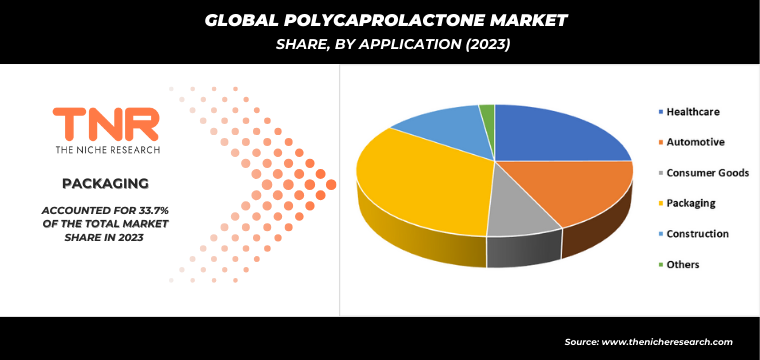
Latin America is experiencing steady growth driven by various factors contributing to the increasing adoption of PCL-based products and materials across the region. One of the key drivers of market growth is the expanding healthcare sector in Latin America. The region’s growing population, coupled with improving healthcare infrastructure and rising healthcare expenditure, is fueling the demand for advanced medical devices, implants, and drug delivery systems made from PCL. Additionally, the automotive industry in Latin America is witnessing growth, driven by increasing vehicle production and demand for lightweight and durable materials. PCL’s properties make it an attractive option for automotive applications such as interior components, upholstery, and structural parts.
Furthermore, the region’s emphasis on sustainability and environmental conservation is driving the adoption of biodegradable materials like PCL in various sectors, including packaging, textiles, and consumer goods. Trends shaping the Latin America PCL market include technological advancements in PCL manufacturing processes, leading to the development of innovative products with enhanced properties and functionalities. Moreover, collaborations and partnerships between regional and global players are facilitating the expansion of PCL applications and market penetration in Latin America. Overall, the Latin America Polycaprolactone market presents promising opportunities for growth, driven by the region’s evolving industrial landscape, increasing demand for sustainable materials, and advancements in PCL technology.
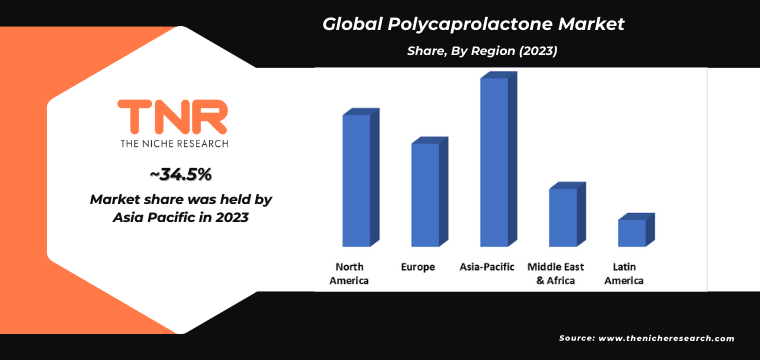
Competitive Landscape
The polycaprolactone market features a competitive landscape with key players vying for market share through strategic collaborations, mergers, and acquisitions. Companies focus on enhancing service offerings, expanding geographic presence, and investing in research and development to maintain a competitive edge in the market.
Some of the players operating in the polycaprolactone market are
- BASF SE
- Corbion N.V.
- Daicel Corporation
- Haihang Industry Co., Ltd.
- Merck KGaA
- Otto Chemie Pvt. Ltd.
- Perstorp Holding AB
- Polysciences, Inc.
- Shenzhen eSUN Industrial Co., Ltd
- Shenzhen Polymtek Biomaterial Co., Ltd
- Other Industry Participants
Global Polycaprolactone Market Scope
| Report Specifications | Details |
| Market Revenue in 2023 | US$ 522.3 Mn |
| Market Size Forecast by 2034 | US$ 1535.5 Mn |
| Growth Rate (CAGR) | 10.3% |
| Historic Data | 2016 – 2022 |
| Base Year for Estimation | 2023 |
| Forecast Period | 2024 – 2034 |
| Report Inclusions | Market Size & Estimates, Market Dynamics, Competitive Scenario, Trends, Growth Factors, Market Determinants, Key Investment Segmentation, Product/Service/Solutions Benchmarking |
| Segments Covered | By Form, By Application, By Region |
| Regions Covered | North America, Europe, Asia Pacific, Middle East & Africa, Latin America |
| Countries Covered | U.S., Canada, Mexico, Rest of North America, France, The UK, Spain, Germany, Italy, Nordic Countries (Denmark, Finland, Iceland, Sweden, Norway), Benelux Union (Belgium, The Netherlands, Luxembourg), Rest of Europe, China, Japan, India, New Zealand, Australia, South Korea, Southeast Asia (Indonesia, Thailand, Malaysia, Singapore, Rest of Southeast Asia), Rest of Asia Pacific, Saudi Arabia, UAE, Egypt, Kuwait, South Africa, Rest of Middle East & Africa, Brazil, Argentina, Rest of Latin America |
| Key Players | BASF SE, Corbion N.V., Daicel Corporation, Haihang Industry Co., Ltd., Merck KGaA, Otto Chemie Pvt. Ltd., Perstorp Holding AB, Polysciences, Inc., Shenzhen eSUN Industrial Co., Ltd, Shenzhen Polymtek Biomaterial Co., Ltd |
| Customization Scope | Customization allows for the inclusion/modification of content pertaining to geographical regions, countries, and specific market segments. |
| Pricing & Procurement Options | Explore purchase options tailored to your specific research requirements |
| Contact Details | Consult With Our Expert
Japan (Toll-Free): +81 663-386-8111 South Korea (Toll-Free): +82-808- 703-126 Saudi Arabia (Toll-Free): +966 800-850-1643 United Kingdom: +44 753-710-5080 United States: +1 302-232-5106 E-mail: askanexpert@thenicheresearch.com
|
Global Polycaprolactone Market
By Form
- Dry
- Liquid
By Application
- Healthcare
- Automotive
- Consumer Goods
- Packaging
- Construction
- Others
By Region
- North America (U.S., Canada, Mexico, Rest of North America)
- Europe (France, The UK, Spain, Germany, Italy, Nordic Countries (Denmark, Finland, Iceland, Sweden, Norway), Benelux Union (Belgium, The Netherlands, Luxembourg), Rest of Europe)
- Asia Pacific (China, Japan, India, New Zealand, Australia, South Korea, Southeast Asia (Indonesia, Thailand, Malaysia, Singapore, Rest of Southeast Asia), Rest of Asia Pacific)
- Middle East & Africa (Saudi Arabia, UAE, Egypt, Kuwait, South Africa, Rest of Middle East & Africa)
- Latin America (Brazil, Argentina, Rest of Latin America)
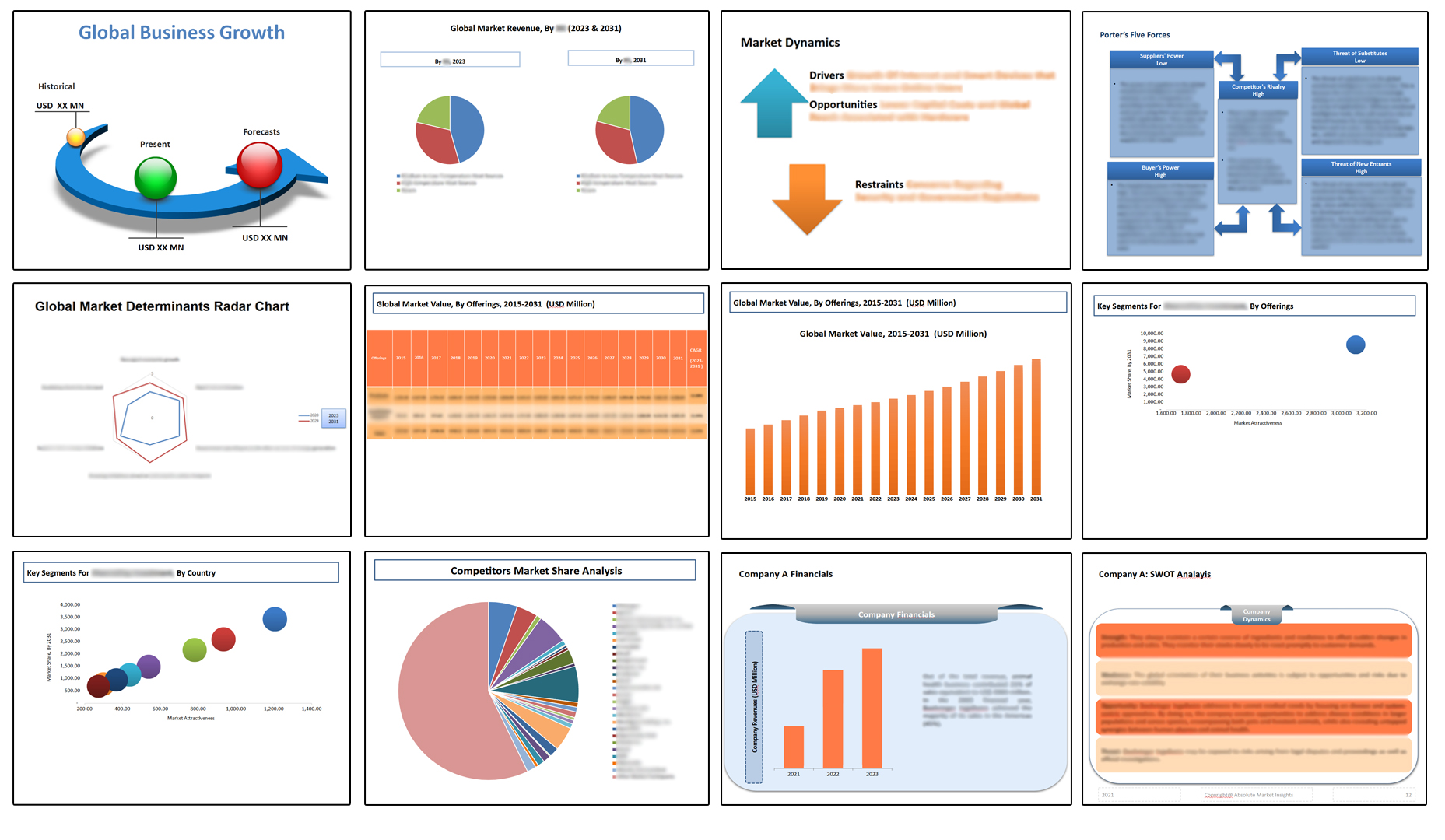
Table of Contents
Note: This ToC is tentative and can be changed according to the research study conducted during the course of report completion.
**Exclusive for Multi-User and Enterprise User.
Global Polycaprolactone Market
By Form
- Dry
- Liquid
By Application
- Healthcare
- Automotive
- Consumer Goods
- Packaging
- Construction
- Others
By Region
- North America (U.S., Canada, Mexico, Rest of North America)
- Europe (France, The UK, Spain, Germany, Italy, Nordic Countries (Denmark, Finland, Iceland, Sweden, Norway), Benelux Union (Belgium, The Netherlands, Luxembourg), Rest of Europe)
- Asia Pacific (China, Japan, India, New Zealand, Australia, South Korea, Southeast Asia (Indonesia, Thailand, Malaysia, Singapore, Rest of Southeast Asia), Rest of Asia Pacific)
- Middle East & Africa (Saudi Arabia, UAE, Egypt, Kuwait, South Africa, Rest of Middle East & Africa)
- Latin America (Brazil, Argentina, Rest of Latin America)
The Niche Research approach encompasses both primary and secondary research methods to provide comprehensive insights. While primary research is the cornerstone of our studies, we also incorporate secondary research sources such as company annual reports, premium industry databases, press releases, industry journals, and white papers.
Within our primary research, we actively engage with various industry stakeholders, conducting paid interviews and surveys. Our meticulous analysis extends to every market participant in major countries, allowing us to thoroughly examine their portfolios, calculate market shares, and segment revenues.
Our data collection primarily focuses on individual countries within our research scope, enabling us to estimate regional market sizes. Typically, we employ a bottom-up approach, meticulously tracking trends in different countries. We analyze growth drivers, constraints, technological innovations, and opportunities for each country, ultimately arriving at regional figures.Our process begins by examining the growth prospects of each country. Building upon these insights, we project growth and trends for the entire region. Finally, we utilize our proprietary model to refine estimations and forecasts.
Our data validation standards are integral to ensuring the reliability and accuracy of our research findings. Here’s a breakdown of our data validation processes and the stakeholders we engage with during our primary research:
- Supply Side Analysis: We initiate a supply side analysis by directly contacting market participants, through telephonic interviews and questionnaires containing both open-ended and close-ended questions. We gather information on their portfolios, segment revenues, developments, and growth strategies.
- Demand Side Analysis: To gain insights into adoption trends and consumer preferences, we reach out to target customers and users (non-vendors). This information forms a vital part of the qualitative analysis section of our reports, covering market dynamics, adoption trends, consumer behavior, spending patterns, and other related aspects.
- Consultant Insights: We tap into the expertise of our partner consultants from around the world to obtain their unique viewpoints and perspectives. Their insights contribute to a well-rounded understanding of the markets under investigation.
- In-House Validation: To ensure data accuracy and reliability, we conduct cross-validation of data points and information through our in-house team of consultants and utilize advanced data modeling tools for thorough verification.
The forecasts we provide are based on a comprehensive assessment of various factors, including:
- Market Trends and Past Performance (Last Five Years): We accurately analyze market trends and performance data from preceding five years to identify historical patterns and understand the market’s evolution.
- Historical Performance and Growth of Market Participants: We assess the historical performance and growth trajectories of key market participants. This analysis provides insights into the competitive landscape and individual company strategies.
- Market Determinants Impact Analysis (Next Eight Years): We conduct a rigorous analysis of the factors that are projected to influence the market over the next eight years. This includes assessing both internal and external determinants that can shape market dynamics.
- Drivers and Challenges for the Forecast Period:Identify the factors expected to drive market growth during the forecast period, as well as the challenges that the industry may face. This analysis aids in deriving an accurate growth rate projection.
- New Acquisitions, Collaborations, or Partnerships: We keep a close watch on any new acquisitions, collaborations, or partnerships within the industry. These developments can have a significant impact on market dynamics and competitiveness.
- Macro and Micro Factors Analysis:A thorough examination of both macro-level factors (e.g., economic trends, regulatory changes) and micro-level factors (e.g., technological advancements, consumer preferences) that may influence the market during the forecast period.
- End-User Sentiment Analysis: To understand the market from the end-user perspective, we conduct sentiment analysis. This involves assessing the sentiment, preferences, and feedback of the end-users, which can provide valuable insights into market trends.
- Perspective of Primary Participants: Insights gathered directly from primary research participants play a crucial role in shaping our forecasts. Their perspectives and experiences provide valuable qualitative data.
- Year-on-Year Growth Trend: We utilize a year-on-year growth trend based on historical market growth and expected future trends. This helps in formulating our growth projections, aligning them with the market’s historical performance.
Research process adopted by TNR involves multiple stages, including data collection, validation, quality checks, and presentation. It’s crucial that the data and information we provide add value to your existing market understanding and expertise. We have also established partnerships with business consulting, research, and survey organizations across regions and globally to collaborate on regional analysis and data validation, ensuring the highest level of accuracy and reliability in our reports.


